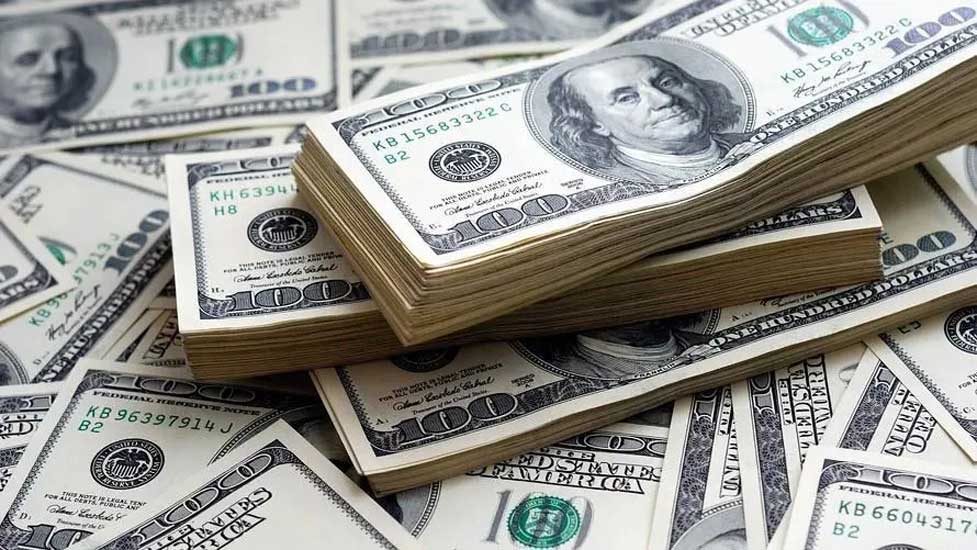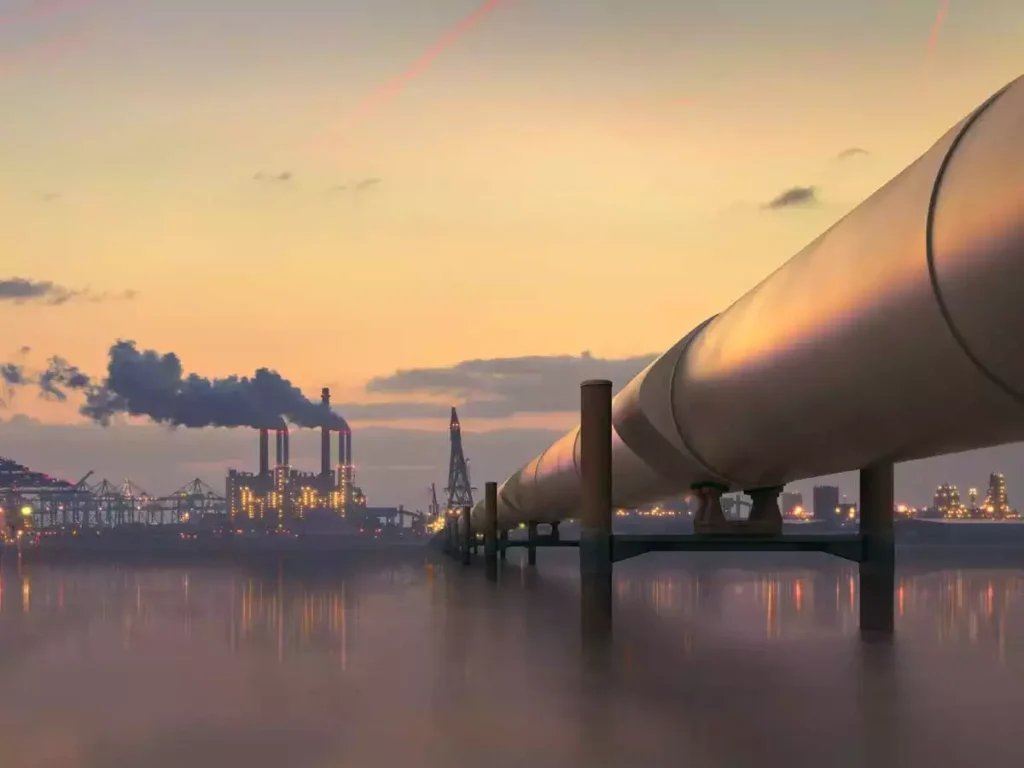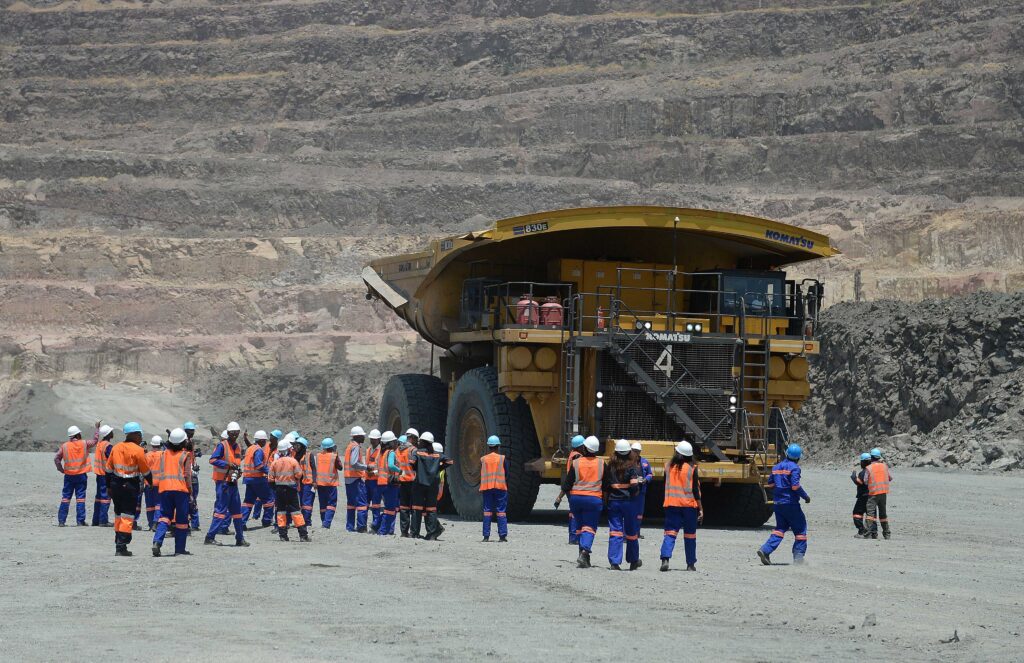
Oil prices rose on Thursday amid optimism on demand in the US, the world’s biggest oil consumer.
International benchmark Brent crude traded at $85.47 per barrel at 10.58 a.m. local time (0758 GMT), up 0.27% from the closing price on Wednesday of $85.24 per barrel.
At the same time American benchmark West Texas Intermediate (WTI) traded at $81.92 per barrel, up 0.36% from the previous session’s close of $81.63 per barrel.
As oil markets focused on the Fed’s monetary policy, prospects of further interest rate hikes eased following data released on Tuesday and Wednesday.
According to Labor Department figures on Tuesday, US job openings fell to 8.8 million in July, coming in lower than expectations.
Moreover, the US government revised gross domestic product growth downward to 2.1% in the second quarter, from the 2.4% pace reported last month.
Data released on Wednesday also showed private payroll growth slowed significantly in August.
Meanwhile, data released by the US Energy Information Administration on Wednesday showed a 10.6 million barrel decline in commercial crude oil inventories during the week ending Aug. 25.
The fall in inventory, despite being slightly lower than the American Petroleum Institute’s expectation of a drop of about 11.5 million barrels, still reflected strong demand in the world’s top oil-consuming country.
Moreover, the military coup in Gabon, a member of the Organization of the Petroleum Exporting Countries (OPEC), created the threat of supply disruption.
Shortly after election officials confirmed that incumbent President Ali Bongo officially won a third term, a group of senior Gabonese army officers appeared on national television early Wednesday and announced that they had seized power.
In July the Central African country produced 211,000 barrels of oil per day, according to the latest monthly oil market report by OPEC. No coup-related disruption in Gabon’s oil output has been reported yet.
However, China’s weak industrial data, which paved the way for demand worries, limited upward price movements.
China’s official Purchasing Managers’ Index (PMI) rose to 49.7 in July, according to the National Bureau of Statistics (NBS) on Thursday. The increase in PMI remained below the 50-point level demarcating contraction from expansion.
Manufacturing PMI measures the activity level in the manufacturing sector, which can be a leading indicator of its overall performance. A reading above 50 shows expansion in the sector and below 50 indicates contraction.




